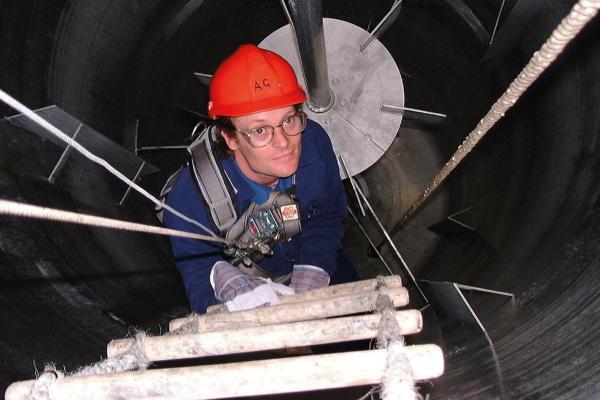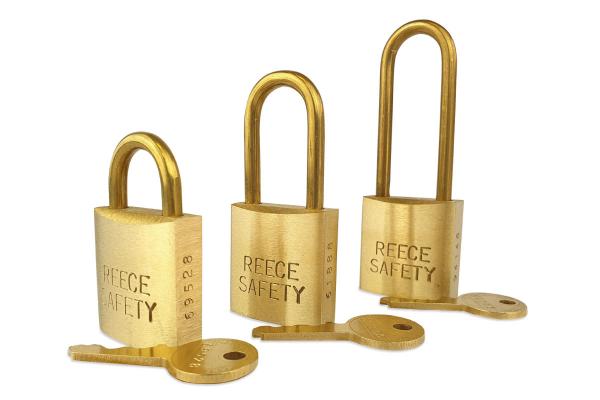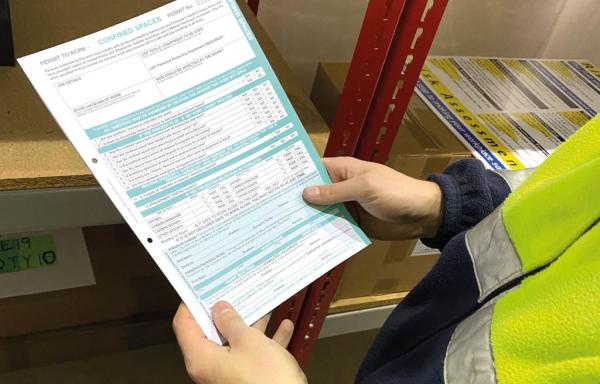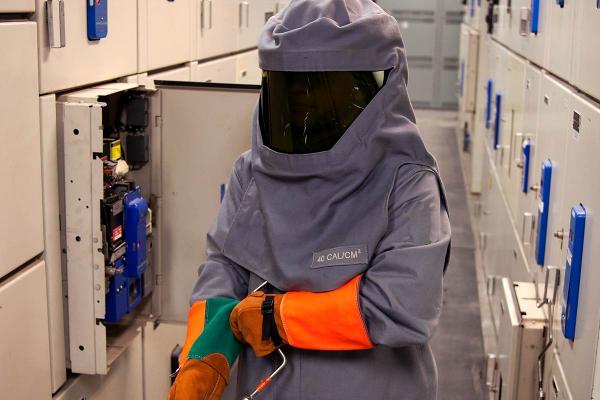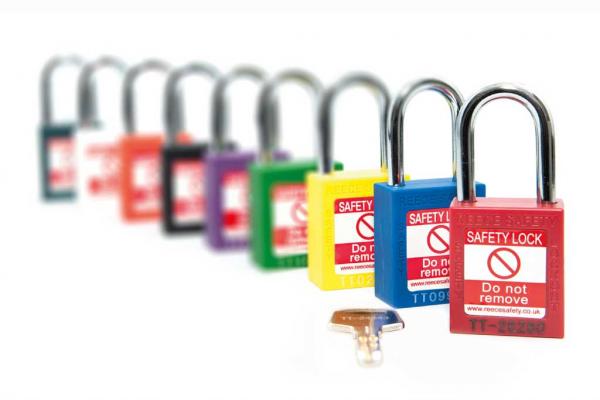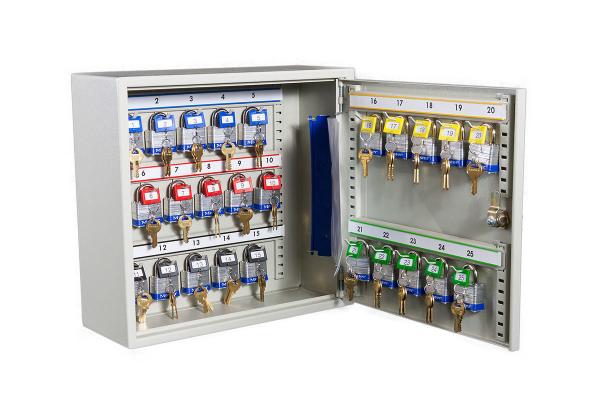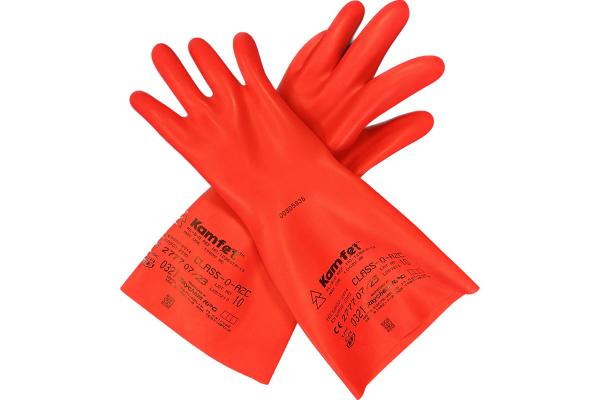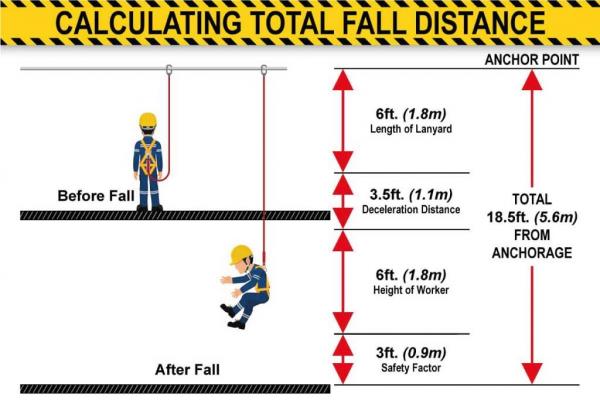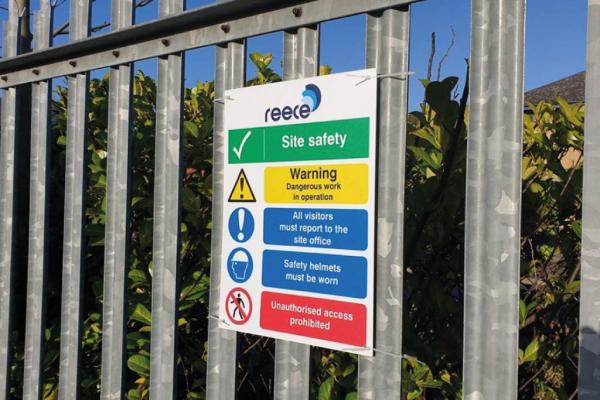The Confined Space Regulations is an Approved Code of Practice (ACOP) first introduced in 1997 to provide guidance not only for people whose work involves entering confined spaces but also for their employers, those managing the activities, and those tasked with training them to work safely in these environments. Working within confined spaces can pose some significant risks, typically but...
Andy Graham
-
Comprehensive Range Of Brass Safety Padlocks From Reece Safety
Brass safety padlocks often play an integral role in every LOTOTO (Lock Out Tag Out Try Out) system; the safety process developed to ensure machinery is kept isolated during repair, cleaning and maintenance procedures to avoid people being accidentally exposed to the hazardous risks of stored energy. Safe systems of work and isolation often require brass safety padlocks to satisfy... -
Do You Need a Permit To Work For Working at Height?
With working at height commonly acknowledged to be one of the most hazardous tasks undertaken across industry, the Permit to Work system is an important framework to ensure the protection of all those involved, as part of the existing Working At Height Legal Requirements & Guidance legislation. The HSE (Health and Safety Executive) defines a Permit to Work as a... -
How Does A Physical Key Management System Work?
For most businesses, keeping physical keys for access doors, equipment and even for plant and machinery organised and secure at all times can present a significant issue. Physical key management systems provide a reliable way to ensure the integrity of access as well as track and manage the movement and whereabouts of the critical keys for security protocols. Key cabinets... -
What are the Arc Flash Labelling Requirements?
Arc flash labels play a vital role in maintaining electrical safety, and communicating important information to people working in the vicinity of equipment which may be energised. They are used to communicate data with the necessary information on the potential hazards present and also the appropriate safety precautions to take. To ensure optimum safety for personnel, arc flash labels carry... -
Lock Out Tag Out Locks vs Standard Security Padlocks: The Differences Explained
When we talk about padlocks, most people think about the role these devices play in securing valuables and acting as a deterrent for would-be thieves. Continue reading → -
Your Complete Guide To Key Cabinets
Key cabinets are designed for the safe and convenient storage of keys, enabling them to be organised and identified quickly and easily. Bringing keys together in an appropriate key cabinet means they are located in one place, it is immediately clear which keys are there and can be found and managed easily. There is a wide range of key cabinets... -
A Complete Guide to Electrical Insulation Gloves
Everyone working with electricity should be wearing insulating gloves to protect them from the danger of electrical shocks and burns – it can be a matter of life or death. The hands are extremely susceptible to this risk because they are usually the first point of contact in terms of exposure to high-voltage currents. Even minor electrical shocks can be fatal if someone has an unknown heart condition. Continue reading → -
What is a Fall Arrest System and How Does It Work?
The Work at Height Regulations 2005 were implemented to prevent injury or death as a result of a fall from height. Employers are responsible for ensuring that any work carried out at height is correctly risk-assessed by competent persons and carried out by individuals trained to work in this environment using a suitable fall protection system. A ‘competent person’ is... -
Industrial Safety Sign Regulations: Your Duty as an Employer
It is a legal requirement for employers and responsible persons to ensure the correct health and safety signs are in place anywhere in the workplace where there may be a significant risk in terms of health and safety, either to employees or to the general public. Continue reading →
 UK
UK US
US










